|
This post may contain affiliate or sponsored links. Please read our Privacy Policy and Disclaimer.
My mare turned 19 this year. I bought her as a three-year-old, and she is still as sound as the day she arrived at my barn. She is an enthusiastic saddle partner on the flat and over fences, and I expect that we still have several competitive years together. She has had her share of injuries over the years, but with careful rehabilitation and conditioning, she is still a sound riding horse. Many other older horses are not so lucky. They face a variety of soundness issues or lose condition and never regain it. Without careful monitoring, older horses can go downhill quickly. Daily monitoring allows you to address any health or soundness concerns quickly. These are the points I evaluate in all my horses – especially my older ones – to keep them active and healthy.
9 Comments
This post may contain affiliate or sponsored links. Please read our Privacy Policy and Disclaimer.
Spring means flowers, green grass, and horse hair everywhere. This year was my first Arizona winter at my Tucson horse boarding facility, and I was surprised how thick my horses’ winter coats were since our climate here is so much more mild than where we lived in Central Montana. We are finally done with the “Arizona cold” and my horses (and dogs) are shedding like crazy. I have an arsenal of shedding tools in my grooming box, but one works better for me than the others. For 2019, the clear winner is the SleekEZ. This post may contain affiliate or sponsored links. Please read our Privacy Policy and Disclaimer.
At horse training challenges, the professionals make colt starting look easy. In just a couple hours they have the horse saddled and backed, loping circles around the round pen. The reality is that this type of training looks good in front of an audience, but leaves a lot of holes in horse’s training, which can lead to explosive behavior later. If you find yourself with one of these horses, these are the steps to take to turn your powder keg into a willing partner.
This post may contain affiliate or sponsored links. Please read our Privacy Policy and Disclaimer.
When you work a full-time job, spending enough time with your horse can be challenging. Not only are you chained to your employment 40+ hours per week, you still have to fit everything else you have to accomplish into your schedule, plus find a way to get to the barn. A trip to the barn is rarely short, so to get quality time with your horse, you have to become a life-hack master. These four life hacks will streamline your personal and professional life, giving you more time at the barn.
This post may contain affiliate or sponsored links. Please read our Privacy Policy and Disclaimer.
There’s no such thing as a quick trip to the barn. When I boarded my horses, my quickest trip was 2.5 hours from the time I left my house until I returned. Most trips took four hours or more, especially if I rode both horses. Whether my trip was short or an all-day affair, going to the barn is always a physically strenuous proposition, so I kept snacks in my car to fuel my body while I worked my horses. Now that I keep my horses at home, once I venture from the house to the barn, I rarely go back inside until my horse chores and riding are done for the day, so I keep snacks stashed in my horse trailer.
This post may contain affiliate or sponsored links. Please read our Privacy Policy and Disclaimer.
I live with three high-energy dogs, and twice a day, every day, rain or shine, we walk 1.5 miles. This is one of the ways that I survive living with high-energy farm dogs without losing my mind. I have always owned high-energy dog breeds, and I cannot imagine not walking my dogs. Arizona state law requires dogs to be on leash any time they are off your property, and since the desert is full of hazards – rattlesnakes, coyotes, cactus, scorpions, Colorado River Toads – I leash my dog when I walk. All three of my dogs are rescues, which means that they have issues that we are working through. For my Dalmatian, Rylee, and my Australian Cattle Dog, Lefty, pulling on the leash is a real problem, especially if we encounter a coyote. I developed tendonitis in my elbow in part due to their pulling, so I decided to do something about it. While we are working on the obedience part of leash walking, I bought each of them a no-pull harness to minimize the strain on my arm. After much research and a few failed purchases, I chose Rabbitgoo no-pull harnesses (buy it here), and they have completely changed our walks. This post may contain affiliate or sponsored links. Please read our Privacy Policy and Disclaimer.
My 19-year-old AQHA mare Okie is notoriously hard to catch. She was hard to catch when I bought her as a three-year-old. For the first three years I owned her, it was not an issue because I kept her stalled and the only turnout available was a round pen (no, not an ideal situation, but it was what I had access to where I boarded). I forgot she was hard to catch until I moved to a barn with pasture boarding and turned her out. It was then that I learned the technique I shared in Catch Any Horse with This One Secret Trick. Yes, that technique works, but it can be extremely time consuming for the first few days, and I know some equestrians just do not have that availability. I recently started liberty training with Okie, and one of the first things I taught her was targeting. She picked up on it right away, and it made me wonder: Could I use targeting to make her easier to catch? Targeting made her much easier to catch and I no longer have to walk her down. This is the technique I use to introduce targeting to my hard-to-catch horses.
This post may contain affiliate or sponsored links. Please read our Privacy Policy and Disclaimer.
In Arizona, this past winter has been unusually cold and wet, and March is continuing the trend. This has been hard on the crops, and hay is no exception. Usually, this time of year, farmers are able to harvest the first cutting of hay, but until we get 30 days of warm, dry weather, the hay remains uncut. Although I bought a large load of hay in the fall, I had more horses than I expected this winter, and I am quickly running out of feed. Hay prices are almost double what I paid before, if I can find hay at all. Having spent 16 years in Montana, this is not my first hay shortage, and I am sure it will not be my last. This is how to get through a hay shortage without selling your horses. This post may contain affiliate or sponsored links. Please read our Privacy Policy and Disclaimer. Your email list is your business’s most valuable asset. If you are using social media to promote your product or service, you risk losing your followers when the social media site changes its algorithms. SEO is a constantly changing game and your Google rankings are always rising and falling. You own your email list, and it should be making you $1 per month per email address. Whether you own a brick and mortar business like me, or your business is completely online, you need an active, engaged email list to find lasting success. While most bloggers promote building your email list with freebies, this has never been successful for me. Giveaways – done right – have been the most successful way that I have built an active, engaged email list and social media following. This is the step-by-step guide to doing a successful giveaway. (Read Giveaway Winner Announced to see the details of my first successful giveaway.)
This post may contain affiliate or sponsored links. Please read our Privacy Policy and Disclaimer.
Since the economic crash of 2008, our society has had a “hustle ‘til you die” mentality. You hear about entrepreneurs who make it big, but they work 60 or 80 hours a week, or maybe even more. They hustle and hustle, but they never create any continuity in their business, so they have to endlessly hustle to keep money coming in. When you own a small business, certainly at times you have to hustle, with early mornings and late nights, but that is not sustainable long-term. Without continuity, you don’t have a business, and where is your quality of life? What do you give up? What if there was an easier way than living a “hustle ‘til you die” lifestyle? Something that created continuous income of $100 to $1,000 or more per week with only a little effort on your part? No doubt, any extra money I have funds my horse habit. My horses are a huge part of what makes me happy, but they are an expensive habit. So, how can you make an extra $100 to $1,000 per week without adding to your hustle? |
AuthorWelcome! I've been a freelance writer since 2002 and have numerous horse-related articles published in print and online publications. I have a Bachelor of Science degree from Rocky Mountain College with a major in Equestrian Studies and a minor in Business Management. My current business ventures include High Plains Arena and real estate investing. Archives
March 2019
Categories
All
|
Proudly powered by Weebly

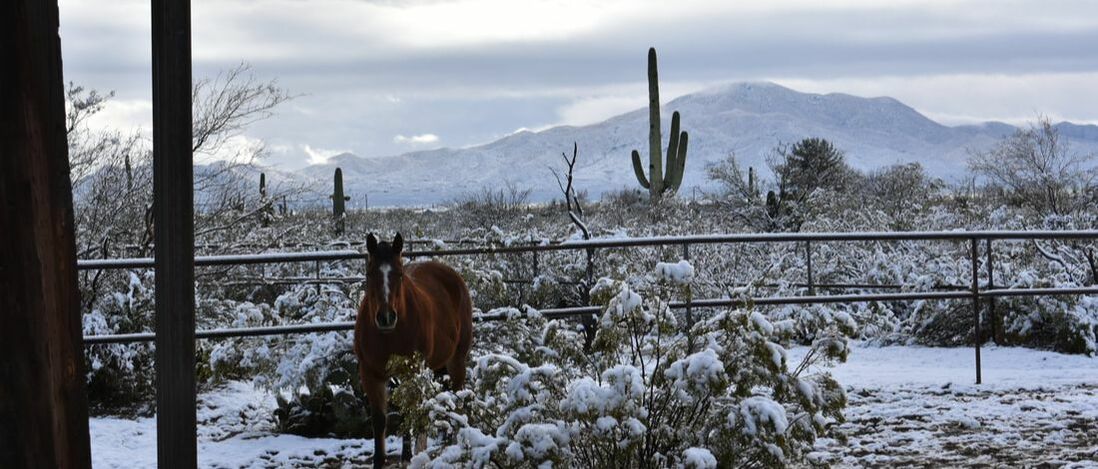


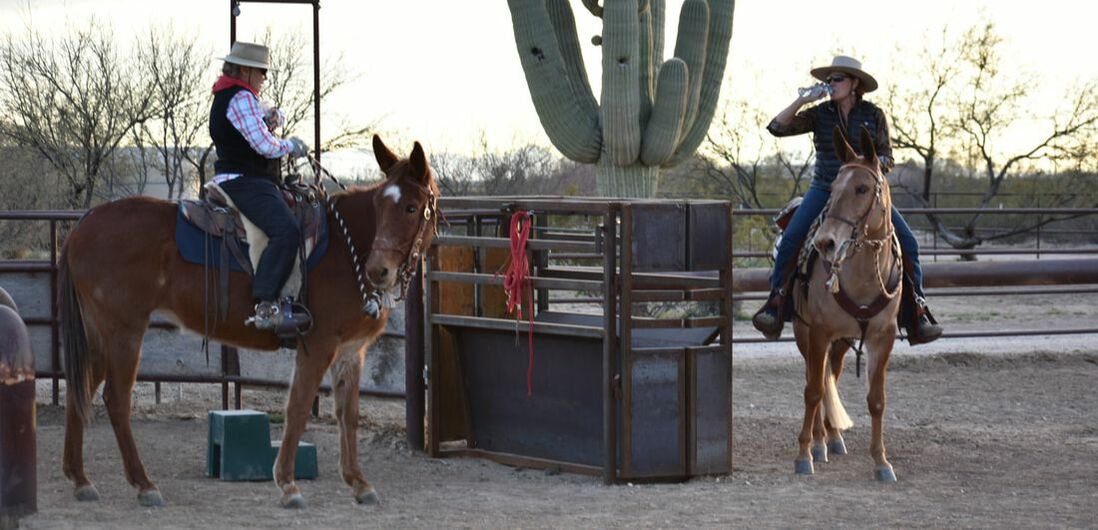
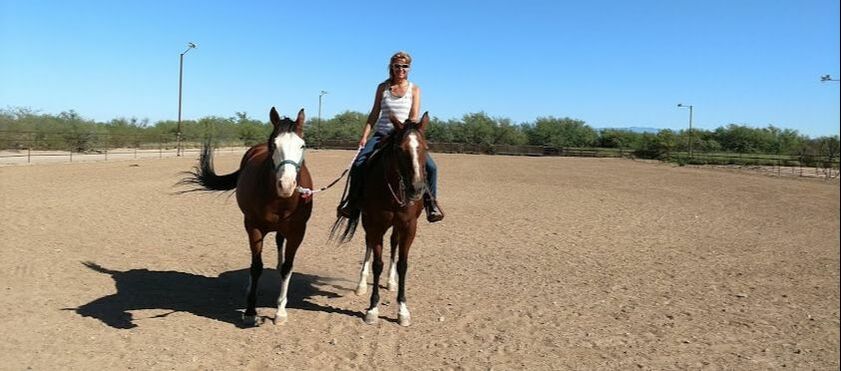
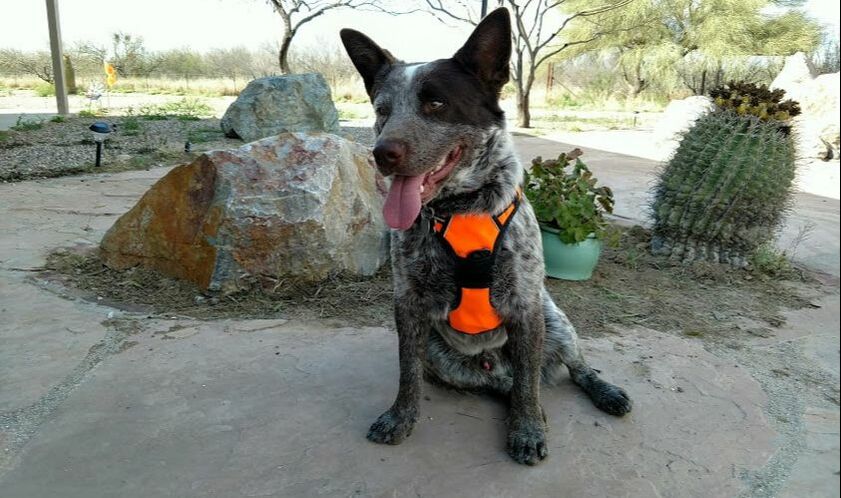
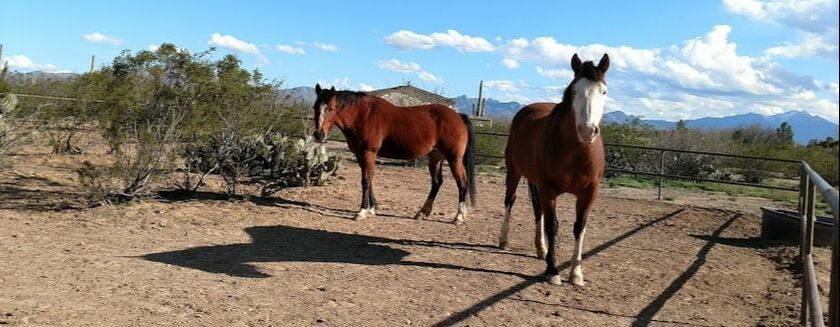
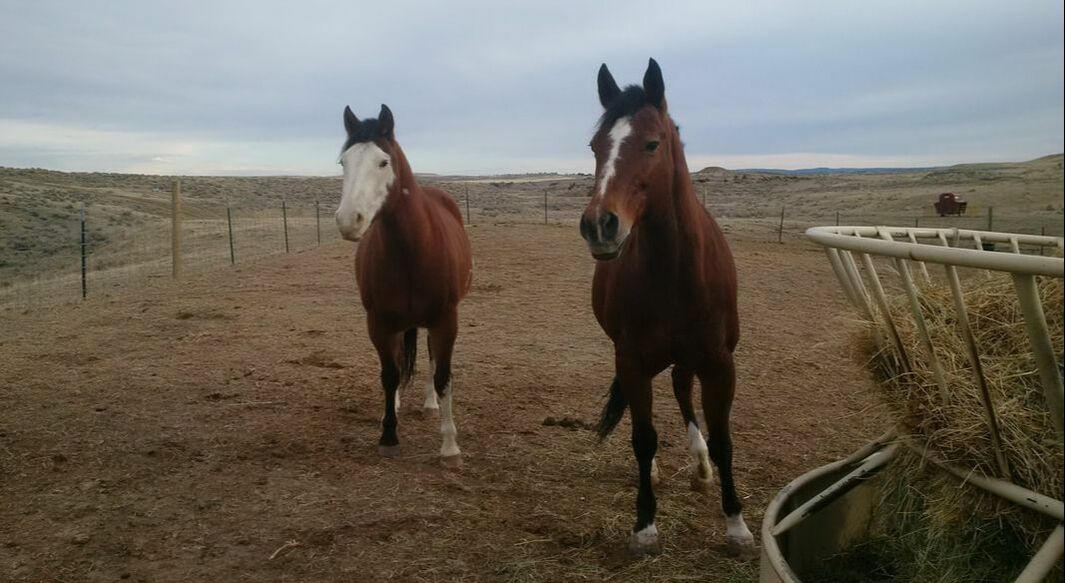



 RSS Feed
RSS Feed